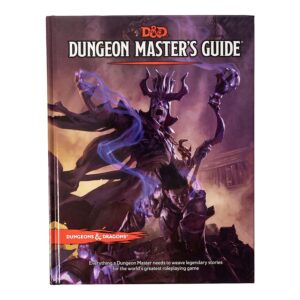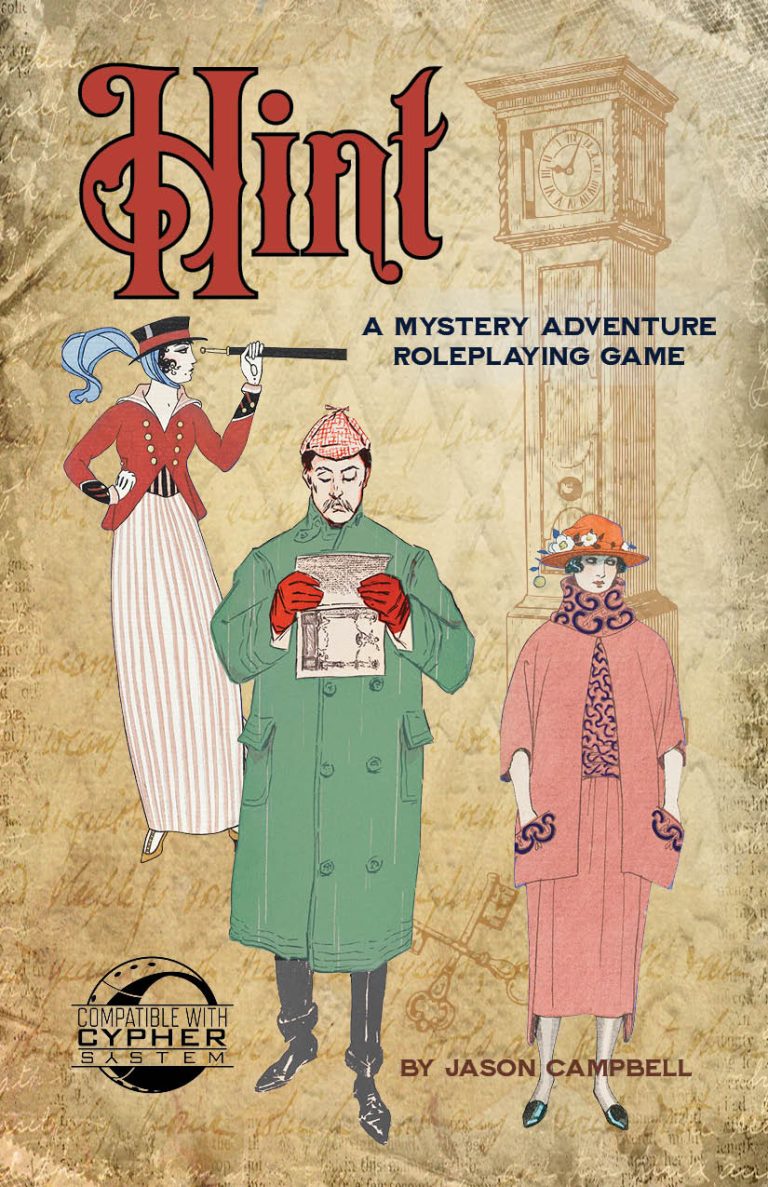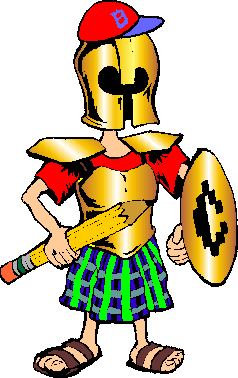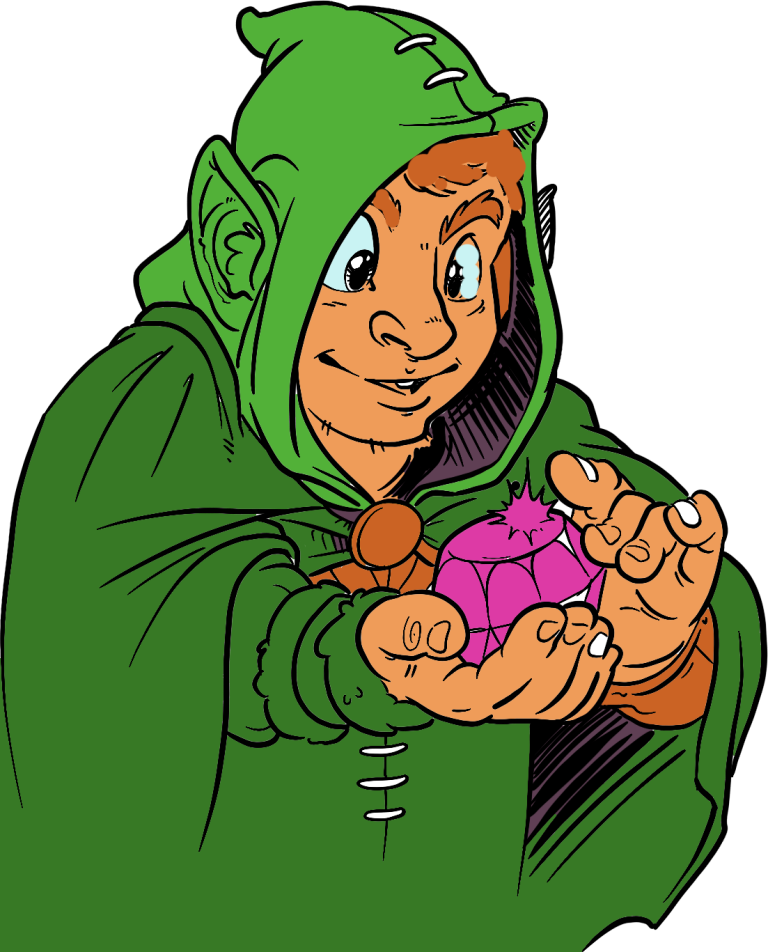By Jason Campbell
Hasbro/Wizards of the Coast has said they’ll release an updated version of the Dungeons & Dragons Dungeon Master’s Guide later in 2024. Hopefully this upcoming book will be a great RPG resource, but do you know what’s in the 2014 Dungeon Master’s Guide? Here’s a few things that you might have forgotten are in the 2014 version.
Plot Points (page 269)
It’s no secret that one of my favorite RPGs is Monte Cook Games’ Cypher System, and one of my favorite features of that game is the player intrusion, where players can spend points to introduce interesting changes to the story being told. Original? Unique? Turns out – not so much.
Using this optional rule each player has 1 plot point and can only use 1 plot point for each game session. The restrictions on the effects that you can achieve with plot points are up to the group, including introducing twists to the game’s story.
Gritty Realism (page 267)
Under the rest variants options gritty realism changes the rest rules so that a short rest takes 8 hours and a long rest takes 7 days. One of the most common complaints I hear about D&D 5e is that the rest rules are too forgiving, yet the authors gave us this option long ago.
Success at a Cost (page 242)
This option suggests that if a player misses the DC roll by 1 or 2 the DM could allow the check to succeed but at a cost. This is one of the things I hear people praising most from modern games like those using the Powered by the Apocalypse system and wishing D&D had this, but it’s been in the rules since 2014.

Renown (page 22)
In the section on creating factions, renown is an optional system to measure an adventurer’s reputation within the faction. It’s a numerical value that starts at zero and increases at the DM’s discretion. A chart shows how the value could be used to advance a PC’s place within the faction.
Not all games make use of factions, but if your campaign world has a political bend then using the renown system might add extra incentives for players.
Recurring Expenses (page 126-127)
There’s a table listing monthly costs of maintaining a location like a farm, tower or inn. It includes monthly costs for associated hirelings. If your campaign includes higher level characters that gain lands and buildings, this a a good resource for you.
Training to Gain Levels (page 131):
This variant table includes the time and cost for training to gain a new level for a character. The higher levels take more time and are more costly. Not all games will make use of this, but if you’re running a long form campaign this can add a note of realism.
Only Players Award Inspiration (page 241)
This variant rule lets players give inspiration to each other instead of the DM awarding it. It’s suggested that the group discuss and decide what the criteria is for awarding inspiration. It’s suggested that this works best with groups focused on storytelling games. I’ve never used this variant myself but I could see this working well with groups of players who have played together before.
Hero Points (page 264)
A character starts with 5 hero points at level 1. As they advance, they lose any unused hero points and gain 5 + their new level. Hero points can be used for attack rolls, ability checks and saving throws. After the die roll a player can spend a hero point to add the result of 1d6 to that roll. This sort of system has appeared in other RPGs recently.
What do you think? Do you wish these options were better known and used more often? Is there something you use in the Dungeon Master’s Guide that you wish others knew about? Let us know in the comments!





